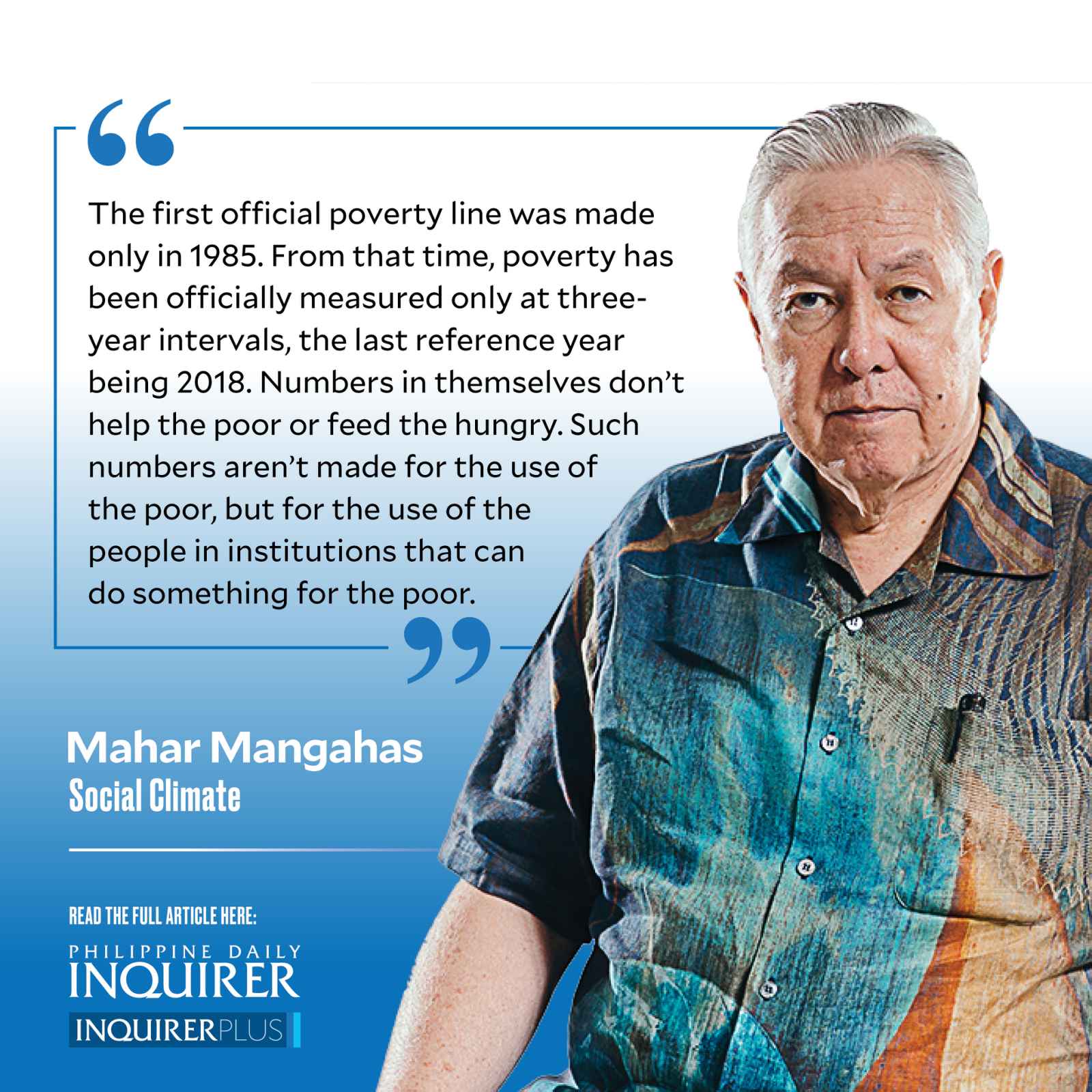Numbers can talk

What do the daily numbers coming out since March 2020 say about the pandemic? Let’s listen to what worldometers.info says about COVID-19 Cases/1M and Deaths/1M (meaning per million people) in 200-plus countries. I compare data for two time points, ending this week (9/16/21), and starting three months ago (6/10/21), for the simple reason that that was when I last opened the link. Dividing Deaths/1M by Cases/1M gives the death rate, and implicitly the survival rate.
The entire world’s Cases/1M rose from 22,480 in June to 29,165 in September. This is cumulative for the pandemic, so the number always rises over time. It means that the world infection rate, in the past 3 months, rose from 2.25 percent to 2.92 percent—almost one of every 33 of the world’s population. The difference between the two means that 0.67 percent—one of every 150—of the world’s people got newly infected in the last three months.
World Deaths/1M, on the other hand, rose from 485 to 600. Therefore World Deaths/Cases in June was 485/22,480 = 2.16 percent, and in September became 600/29,165 = 2.06 percent. Alternatively, one can say that the world survival rate in June was 97.84 percent, and in September improved to 97.94 percent.
Now let’s look at specific countries, relative to population. The following countries are arranged in order of Cases/1M (expressed in percent) as of June. In the United States, Cases rose from 10.2 percent in June to 12.7 percent in September (going from 14th to 16th most infected country in the world); and Deaths/Cases fell from 1.79 percent to 1.61 percent. In Israel, Cases went from 9.0 percent in June to 12.8 percent in September (worsening from 20th to 15th most infected country, bypassing the US); but Deaths/Cases fell from 0.76 percent to 0.62 percent.
India: Cases went from 2.09 percent to 2.39 percent; Deaths/Cases rose from 1.23 percent to 1.33 percent. Malaysia: Cases tripled from 1.95 percent to 6.18 percent; Deaths/Cases rose from 0.57 percent to 1.08 percent. Philippines: Cases almost doubled from 1.17 percent to 2.07 percent; but Deaths/Cases fell from 1.72 percent to 1.57 percent (the DOH rate is 1.56 percent as of 9/16/21), or similar to the US. Indonesia: Cases more than doubled, from 0.68 percent to 1.51 percent; Deaths/Cases rose from 2.78 percent to 3.33 percent. Thailand: Cases zoomed from 0.27 percent to 2.05 percent; Deaths/Cases rose from 0.74 percent to 1.04 percent.
Only the Philippines improved its survival rate among the five Asian countries cited. These numbers, comparatively favorable to the Philippines, strengthen my feeling that much of our people’s suffering is due to exaggerated government reactions to the pandemic. I align myself with the many economists and business people who urge a quicker reopening of economic activities.
Why should there be so many statistics about the pandemic? Obviously, it’s not because the numbers are convertible into medicines or vaccines or personal protective equipment. Although the statistics could be used to criticize the government, they are not harmful. They are important for putting pressure on everyone to work harder to find ways to cope with the crisis.
Can it be harmful to construct a poverty line? I remember, in the 1970s, when my social indicators research team was venturing into this, being advised to stop by an expat economist, lest poor people feel entitled to our recommended income and put unwanted pressure on the government’s economic managers. We ignored him, constructed our line, applied it to the three surveys of income done in the 1950s-1960s, and showed that poverty had been worsening. Our work got treated as an academic exercise.
The first official poverty line was made only in 1985. From that time, poverty has been officially measured only at three-year intervals, the last reference year being 2018. Everyone can sense that poverty has exploded since 2020; yet the government is in no rush to put numbers to it, betraying its anti-poor bias.
Numbers in themselves don’t help the poor or feed the hungry. Such numbers aren’t made for the use of the poor, but for the use of the people in institutions that can do something for the poor.
Can it be harmful to count extrajudicial killings, kidnappings, and “disappearances”? These are numbers that human rights advocates assemble on their own, knowing that they can’t expect the government to do it. The numbers in themselves don’t solve the injustices, but they do talk, and pressure the listeners to find the solutions.
——————
Contact: mahar.mangahas@sws.org.ph




















